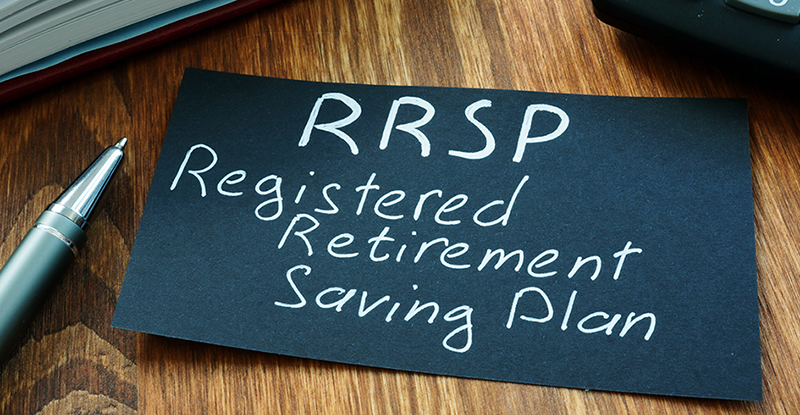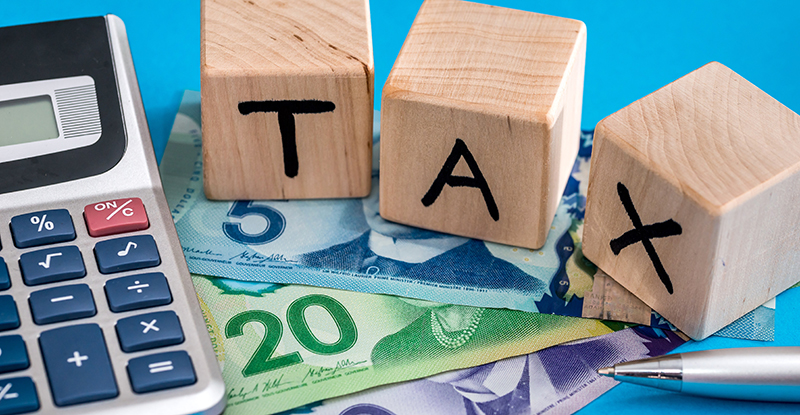
Are you satisfied with how much you’ve contributed to your registered retirement savings plan (RRSP) in 2019? If you still want to contribute more, you can – but not for long. March 2, 2020 is the last day you can make an RRSP contribution for the 2019 tax year. Here are five tips from the Chartered Professional Accountants of British Columbia (CPABC) to help you maximize the benefits of your RRSP:
- Gain some tax savings when you contribute to your RRSP
If you have an RRSP deduction limit (as shown on your 2018 Notice of Assessment), and you are a B.C. resident, you may be able to realize the following income tax savings from making an RRSP contribution:
If your taxable income is A $1,000 RRSP contribution would reduce your 2019 taxes by… $12,069 - $47,630 Up to $227 $47,631 - $95,259 ~$227 to $328 $95,260 - $147,667 ~$328 to $407 $147,668 - $210,371 ~$407 to $458 $210,372+ ~$458 to $498 - Use your RRSP contribution as a tax deferral vehicle
Remember, an RRSP is a tax deferral vehicle — you will be taxed on the funds once you make a withdrawal from your RRSP. That said, would you rather pay $1 of income tax tomorrow or $1 of income tax today? Since you likely will be in a lower tax bracket when you retire, actual tax savings should result if you wait until retirement to withdraw from your RRSP.
- Take advantage of a spousal RRSP
A spousal RRSP can help shift future income from a higher income spouse to a lower income spouse. This can provide some tax savings when the receiving spouse withdraws funds from his or her RRSP, RRIF, or annuity. Using a spousal RRSP might also reduce the clawback on Old Age Security payments from the higher income spouse and allow the lower income spouse to claim the pension income tax credit.
Spousal RRSPs provides immediate tax savings, since the higher-income spouse making the contribution gets the tax deduction while the lower-income spouse, rather than the contributor, is taxed on any withdrawals at a future date.
- Can’t make the deadline? Make an early contribution for 2020
If you don’t have additional funds to make an additional RRSP contribution right now, consider making an early contribution for 2020 after February 29. In fact, it is better to contribute at the beginning of the year to start tax-free compounding of earnings within your RRSP. A tip to help you remember to save into your RRSP is to set up monthly contributions throughout the year. That way, you won’t have to worry about making a lump sum contribution at the end of the year.
Lastly, remember that any unused contributions can be carried forward indefinitely.
- Consider ways to grow your RRSP
Don’t let your RRSP sit there. You can hold the majority of publically traded investment in your RRSP, including: public stocks, term deposits, eligible mutual funds, GICs, and bonds. This is a good way to grow your money without tax implications – at least until you make a withdrawal. Remember, the interest you earn on your RRSP investments is not taxed as long as it stays within your RRSP.
Learn how to maximize your RRSP benefits with CPABC’s RRSP and Tax Tips. If you have more questions regarding your RRSP, consult a Chartered Professional Accountant or a financial advisor.
Related articles
- Could you benefit from a readvanceable mortgage? Here’s what you should know
- RESP 101: How do RESPs work?
As part of CPABC’s mandate to protect the public, CPABC Taxation Forum produces the RRSP & Tax Tips as a resource to assist individuals and business prepare their income tax returns, invest in RRSPs, and plan their finances. Consider consulting a Chartered Professional Accountant for advice.



